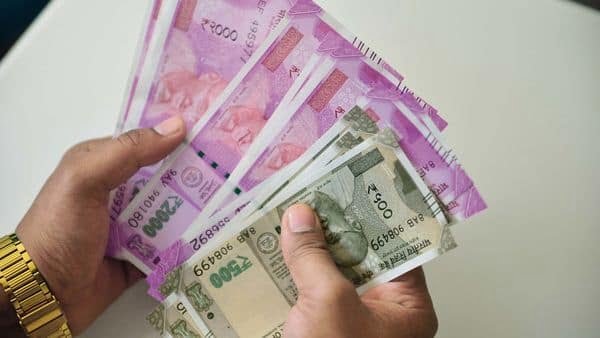SYNOPSIS
Households and corporates preferred safety of bank deposits even when rates of interest fell.
In a year hit by slowdown in growth induced by the covid-19 pandemic, you would expect the overall savings and investment scenario to have deteriorated. But look at this data: total bank deposits, which were ₹135.7 trillion at the end of March 2020, moved up to ₹151 trillion at the end of March 2021, an increase of ₹15.3 trillion. As on 4 June 2021, it had moved up further to ₹153 trillion. To give a perspective on this scale of increase, bank deposits moved up from ₹125.7 trillion at the end of March 2019 to ₹135.7 trillion in March 2020, i.e. an increase of ₹10 trillion. The increase this financial year, by ₹15.3 trillion, is significantly higher. Was it due to attractive interest rates? No. In March 2020, term deposits of more than 1 year were in a range of 5.9% to 6.4%, according to the banks tracked by the RBI in a weekly report. In March 2021, that range was 4.9% to 5.5%.
What does this tell us? In a year of slowdown, though some people were in distress due to loss of jobs or closure of smaller businesses, the situation is not as bad from a macro perspective. The composition of bank deposits, in terms of savers, are mostly households and the rest are corporates, trusts, etc. It implies that both households and corporates preferred the safety of bank deposits even when interest rates were sliding. Did it happen at the cost of other investments? No. Investment categories such as equity, gold and global equity did well. In the equity market, a record number of new demat accounts were opened, signifying retail investor interest. Overall, investible surplus was available.
Talking of households, recently released RBI data show some positives there as well. Total financial assets of households, before netting off for liabilities, moved from ₹178 trillion as on June 2020 to ₹184.5 trillion in September 2020 and thereafter to ₹188 trillion in December 2020. Of this, bank deposits constitute the bulk, which moved from ₹98 trillion in June 2020 to ₹103 trillion in December 2020. It is an increase, but the rate of increase is moderate compared with the overall increase mentioned earlier. The implication is, corporates have increased their cash holdings. Since capacities are not being created and cost control is relevant, cash is being parked for future use.
Recent RBI data also provides some interesting perspectives. Net financial assets, i.e. net of liabilities, which was at 21% of GDP in the April to June 2020 quarter, dropped to 10.4% of GDP in July to September 2020; it eased further to 8.2% of GDP in the quarter ended December 2020. It is a function of recovery in GDP as well. In the April to June 2020 quarter, GDP shrank by 24.4% and in July to September, it shrank less by 7.4%. In terms of numbers, net financial savings of households were ₹8 trillion in April to June 2020, and ₹4.9 trillion in July to September 2020. Though it was lower, it was not as bad as implied by the ratio of 21% of GDP to 10.4% of GDP. Net financial savings were a little lower at ₹4.4 trillion in the October to December 2020 quarter. The swing factor here is liabilities. In April to June 2020, the worst quarter hit by lockdown, financial liabilities decreased (yes, decreased) by ₹78,000 crore. In July to September 2020, liabilities increased by ₹2.5 trillion and by a similar amount in October to December 2020, which is higher than the trend but not far off. In the worst-hit quarter, households managed to pay off debt, and as sentiments improved, people added to liabilities, which is the norm.
To look at some other aspects of household savings, investments in mutual funds (MFs) moved from ₹11.6 trillion as on March 2020 to ₹16.2 trillion in December 2020. As a percentage of GDP, household savings in MFs is on the lower side, but is showing an increasing trend. From 5.7% of GDP in March 2020, it moved up to 6.9% of GDP in June 2020, further to 7.4% of GDP in September 2020 and then to 8.4% in December 2020.
Net-net, the leverage level of Indian households, in terms of loans availed is less than that of advanced economies. In times of distress, though some households sank into debt, we were at par with the earlier trend at a macro level.
Source: https://www.livemint.com/money/personal-finance/pandemics-impact-not-too-harsh-on-the-macro-level-11625418019780.html


